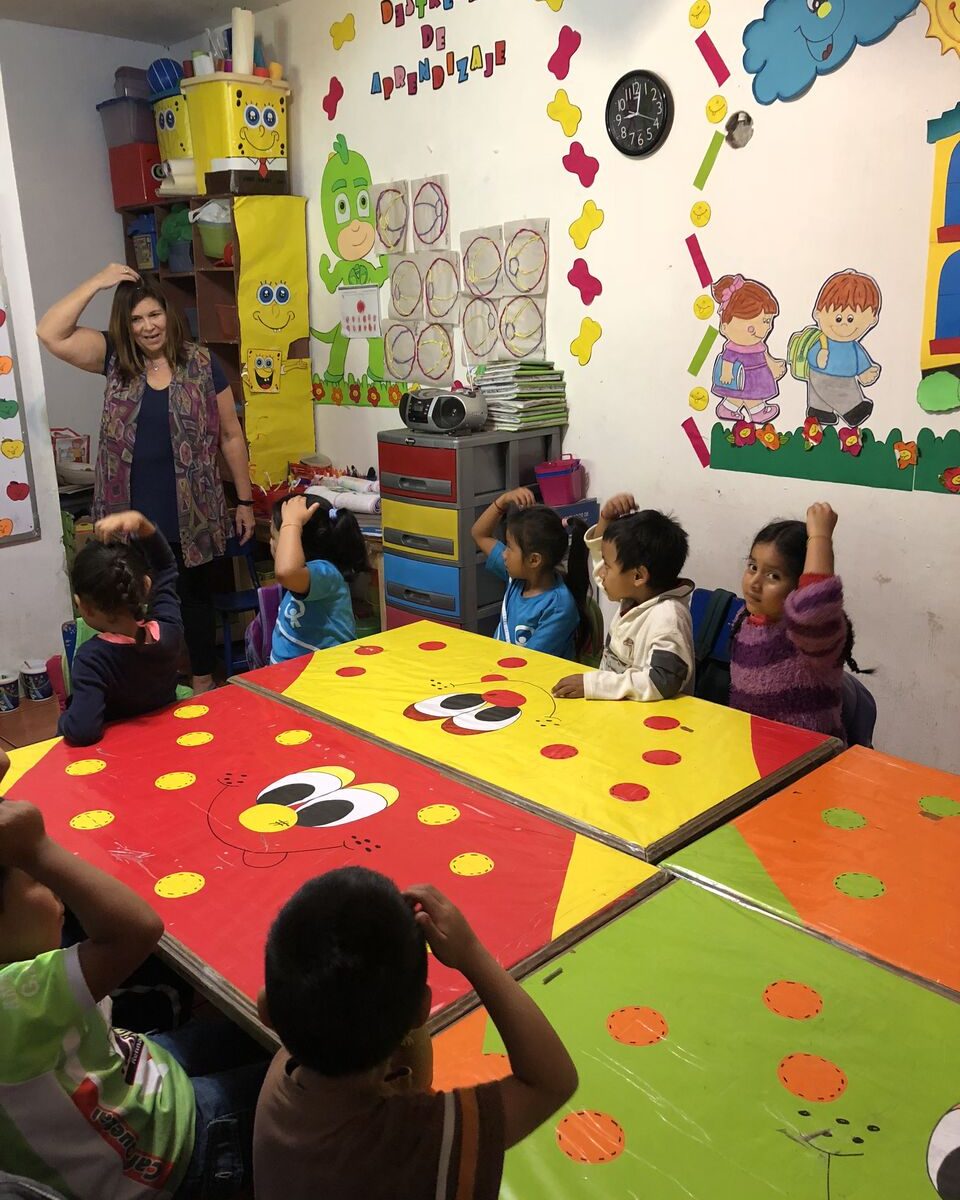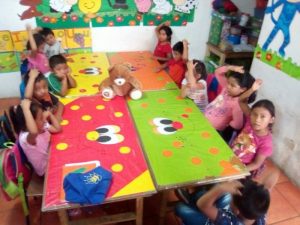This post contains excerpts from The Tapping Solution for Parents, Children and Teenagers.
“It’s hard to sit still…”
A school counselor recently shared a story that shows the power of Tapping with kids, including those who have survived tremendous hardship at very young ages and have difficulty in school.
It was the start of a new year, and Matt, a 2nd grader, had just begun attending a new school. Diagnosed with ADHD, he was having a hard time with the mid-year adjustment. In addition to acting out at school, he’d been unable to sit still in class and was falling behind with his schoolwork.
Unsure how to handle his disruptive behavior, Matt’s new teacher reached out to the school counselor, who learned that Matt was living with his older sister and brother-in-law. They had recently become his new guardians. Prior to that, Matt had lived with his paternal grandmother. Both of Matt’s biological parents suffered from substance abuse and had never been in his life.
After meeting with his guardians, who were previously unaware of Tapping, the school counselor received permission to try Tapping with Matt. His new guardians also shared that although he’d previously been on prescription medications to manage his ADHD, they were eager to try alternative methods. Matt’s recent annual physical exam had indicated that he was in good health.
Given her heavy caseload, the school counselor explained that she would only be able to work with Matt on his school-related issues. His family history and traumas would need to be managed through a private practitioner.
You can download this child-friendly Tapping diagram, along with many other free resources here.
Understanding the “Why”
When he first met with the school counselor, Matt was very willing to try Tapping, and talked openly about his dislike of school. When asked about his feelings, he explained, “It’s hard to sit still and I don’t like getting into trouble at school.” At the start of their Tapping, his dislike of school and of getting in trouble was an 8 out of 10.
The counselor began by leading him through two rounds of Tapping on his dislike of school, which quickly dropped to a 5 out of 10. Since his dislike for getting into trouble hadn’t yet dissipated, she then led him through several more rounds, using phrases such as:
“I don’t like school”
“I hate getting into trouble at school”
“It’s hard to sit still and finish my work”
“I’m a good kid”
When they were finished Tapping, the intensity of his feelings about school had gone down to a 1 out of 10.
At the end of the session Matt was smiling. “I like these exercises!” he said. He then asked if he could tap in his classroom. The school counselor encouraged him to tap on his finger and face points while he was at his desk to help him focus and sit quietly.
Creating a Self-Care Habit
The counselor gave him a homework assignment—to share what he learned with his teacher and guardians, and to tap at home before bedtime and on his ride to school each morning. His teacher was also encouraged to allow him access to a “quiet Tapping spot” that was set up in the back of the classroom.
After a week of individual sessions, Matt was Tapping regularly in his classroom. He is now having more successful days than difficult days in school. He is no longer getting sent to the office and is on grade level academically in all subjects.
Is your child struggling with new changes? (& Tapping Script)
When your child is struggling with major changes, whether because of a new school, changes in home life or other, focus your Tapping on whatever they’re struggling with in the moment. Rather than trying to solve the “bigger picture” of what’s going on in their lives, focus on the present moment. By addressing these “present moment” issues, you can lower their stress and, over time, allow them to adjust more smoothly.
The first step is to zero in on what they’re experiencing now. For example, if they’re having a meltdown, you might do some Tapping with them on the anger or frustration they’re feeling. If they can’t settle down enough to focus on learning, tap on their inability to sit quietly to learn.
When you’re clear on their present-moment issue, ask them to rate its intensity on a scale of 0 to 10, or using the “this much” method of measurement. The “this much” method can be used for children who are not yet able to conceptualize a scale of 0 to 10, and can use their arms spread out far apart or close together to show strong an emotion is.
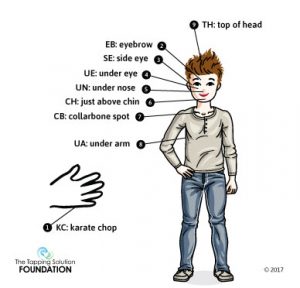
You can download this child-friendly Tapping diagram, along with many other free resources here.
In this Tapping script, I’ll focus on having trouble sitting still, but as always, tailor your words to your child’s present-moment experience.
To begin, take a deep breath, and begin by Tapping 3 times on the Karate Chop point.
Karate Chop (Repeat 3 times): Even though I can’t sit still and I have to keep moving, I’m a great kid and I’m okay.
Eyebrow: I can’t sit still
Side of Eye: I have to keep moving
Under Eye: I hate getting in trouble for it!
Under Nose: I can’t sit still
Under Mouth: It’s not my fault
Collarbone: I can’t sit still
Under Arm: That’s okay
Top of Head: I’m a great kid!
Eyebrow: So hard to sit still
Side of Eye: I don’t like getting in trouble for it
Under Eye: I can’t sit still
Under Nose: It’s okay
Under Mouth: I’m an awesome kid!
Collarbone: I can feel calm now
Under Arm: Everything’s okay
Top of Head: I’m a great kid
Eyebrow: I’m okay!
Side of Eye: I can feel quiet and calm inside now
Under Eye: I can slow my brain down
Under Nose: I can feel quiet in my body now
Under Mouth: I can feel silence in my body
Collarbone: I can slow my brain down now
Under Arm: Feeling calm inside
Top of Head: Feeling calm and quiet in my body and brain now
When s/he is ready, ask your child to rate how s/he is feeling now. Keep Tapping until they get the desired relief.
Learn More
This is one example of how you can support your child and the journey he/she will embark on.
You can learn more about how families can use Tapping to manage their everyday stressors in my new book, The Tapping Solution for Parents, Children and Teenagers. Whether your child, or student, is dealing with common social issues, school-related anxiety, or a specific diagnosis, this book will support you in understanding your role and providing specific tools to encourage success and lifelong achievement.
The best part is that with every purchase of this book, 100% of the proceeds, in perpetuity, will be donated to The Tapping Solution Foundation to continue bringing EFT Tapping to schools and families, and providing trauma relief around the world.
So if your child is struggling with common worries or school-related anxieties, or is coping with a specific diagnosis, and you’d like to support him/her with a life-changing tool, I urge you to pick up a copy of my book, The Tapping Solution for Parents, Children and Teenagers.
Until next time…
Keep Tapping!
Nick Ortner


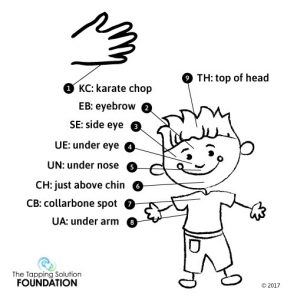
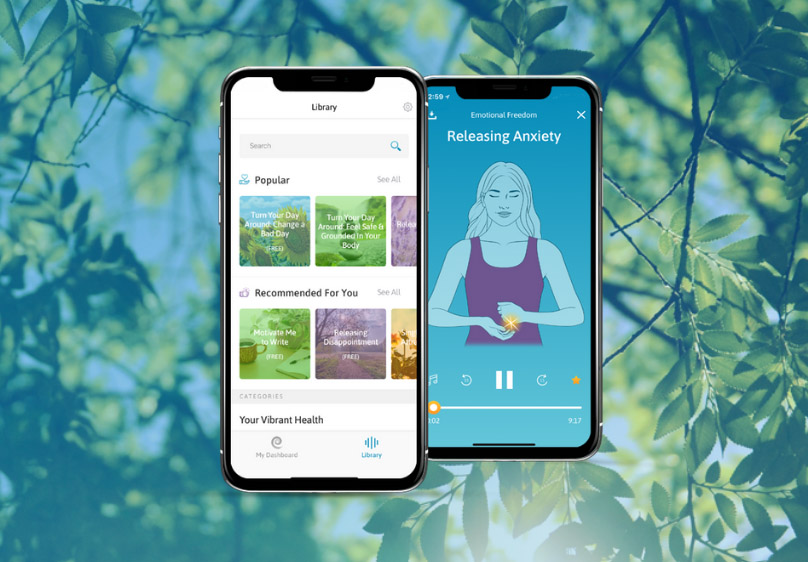








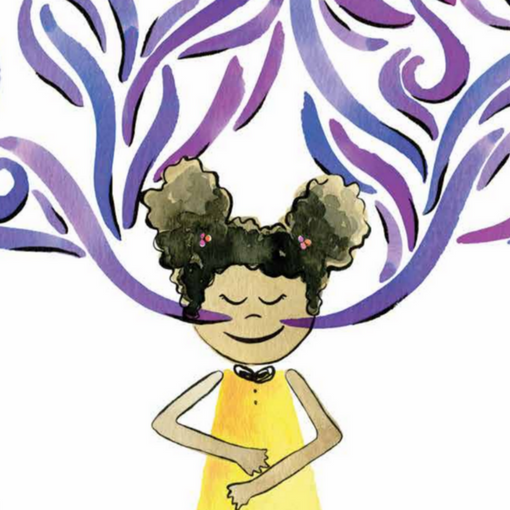
 Just like adults, children will experience the same emotions of stress, anxiety, worry, sadness, anger, fear, etc. as they go about learning and growing.
Just like adults, children will experience the same emotions of stress, anxiety, worry, sadness, anger, fear, etc. as they go about learning and growing.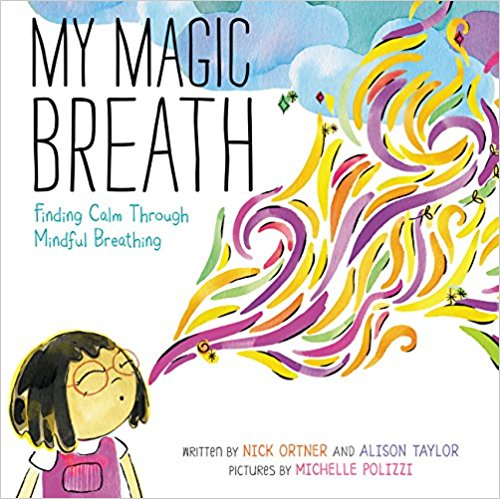






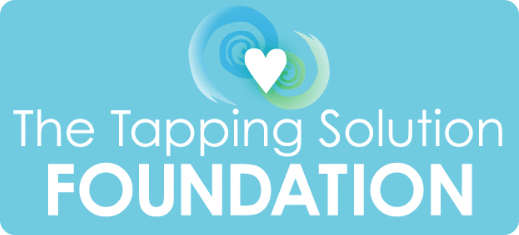


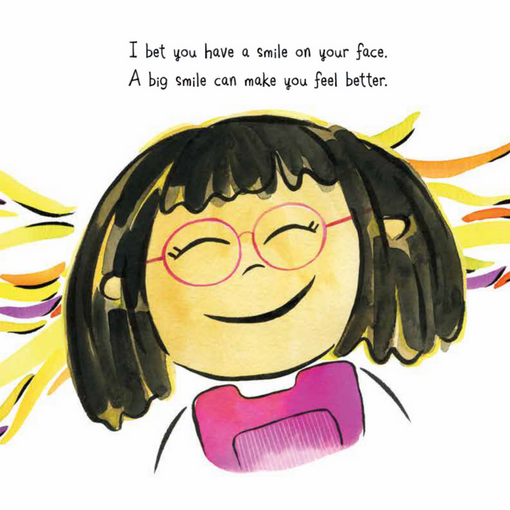
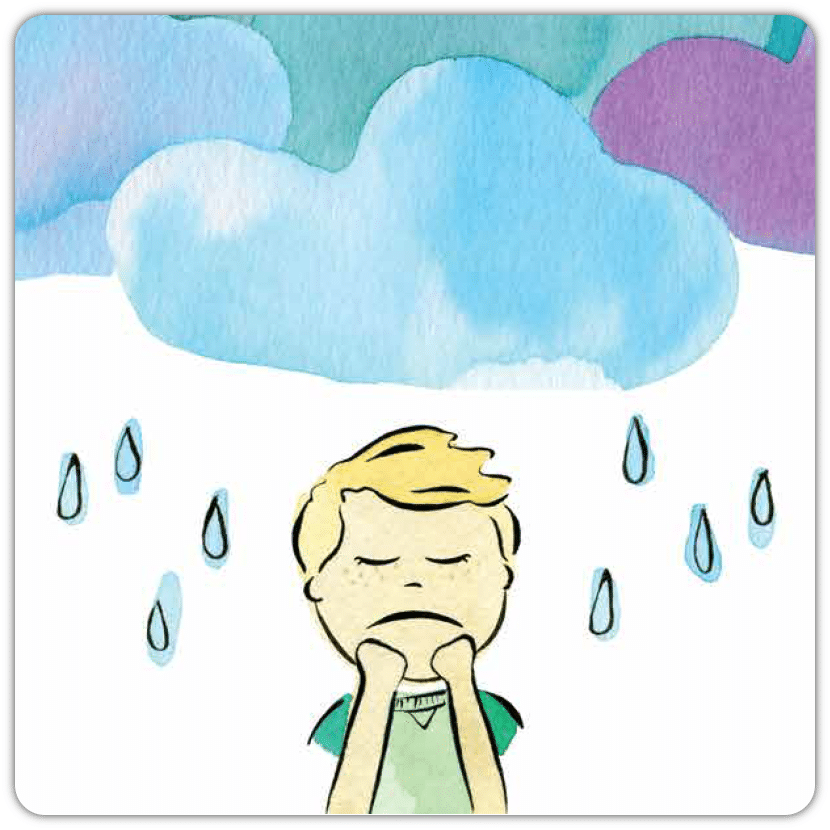 That’s because the child’s mind is very much influenced by their immediate environment and can’t always correctly process the events that take place. Something simple like an embarrassing moment at school can be misinterpreted as “dangerous”.
That’s because the child’s mind is very much influenced by their immediate environment and can’t always correctly process the events that take place. Something simple like an embarrassing moment at school can be misinterpreted as “dangerous”.